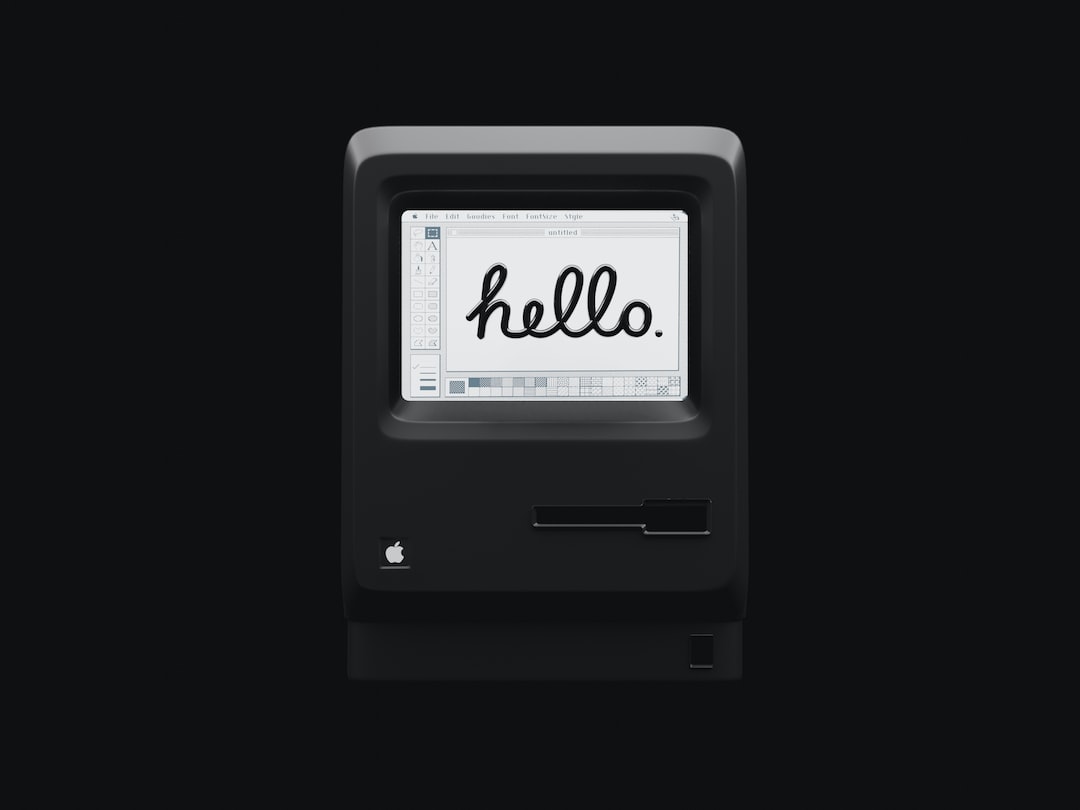Graphic Design vs. Illustration: Understanding the Differences
Graphic design and illustration are two distinct yet interconnected disciplines that play a crucial role in visual communication. While both involve creating visual content, they have distinct purposes, skill sets, and applications. In this blog post, let’s delve into the differences between graphic design and illustration and gain a deeper understanding of each field’s unique characteristics.
Graphic design primarily focuses on solving visual problems and effectively communicating messages to a target audience. It involves the use of typography, color theory, composition, and visual hierarchy to create cohesive designs. The objective of graphic design is to visually communicate information in a clear and concise manner, often aiming to promote a product, service, or brand. It is commonly used in advertising, marketing, branding, and other commercial applications.
Much of graphic design relies on layout and organization to deliver a specific message. Graphic designers are skilled at creating aesthetically pleasing designs that are visually balanced, engaging, and effective. They work with various tools and software like Adobe Photoshop, Illustrator, and InDesign to create logos, brochures, websites, posters, and other marketing materials.
On the other hand, illustration is an art form that focuses on creating unique visual representations. Illustrators use their creativity and artistic skills to tell stories, evoke emotions, and convey concepts or ideas. Illustrations can be found in books, magazines, fashion, children’s literature, comics, and even animation.
Unlike graphic design, which emphasizes functionality and clarity, illustration often aims to provoke an emotional response or a sense of wonder. Illustrators use various traditional and digital media, including paints, pencils, markers, and software like Adobe Illustrator and Procreate, to bring their ideas to life. They have a signature style that sets them apart and makes them easily recognizable.
While graphic design is more objective and commercial-oriented, illustration allows for more artistic freedom and self-expression. Illustrators often work on personal projects, creating artwork that reflects their unique vision and style. However, both disciplines require creativity, attention to detail, and effective communication skills, as both strive to visually convey messages.
To further differentiate the two, it’s important to note that graphic design focuses on creating designs that can be reproduced and used repeatedly. These designs often require adaptability and scalability for various mediums and formats. Illustration, on the other hand, is typically created for one-time use, capturing a moment or concept in a specific context.
Despite their differences, graphic design and illustration are often used together to enhance visual communications. For example, a graphic designer might collaborate with an illustrator to create unique and eye-catching visuals for a campaign. By combining the strengths of both disciplines, the final result can be powerful and impactful.
In summary, while graphic design and illustration are both visual communication mediums, they have distinct purposes and characteristics. Graphic design aims to visually solve problems and communicate messages in a clear and concise manner, often for commercial purposes. Illustration, on the other hand, is more about storytelling, emotion, and self-expression. Both disciplines require skills, creativity, and an understanding of the target audience, and when used together, they can create visually compelling and effective communications.

